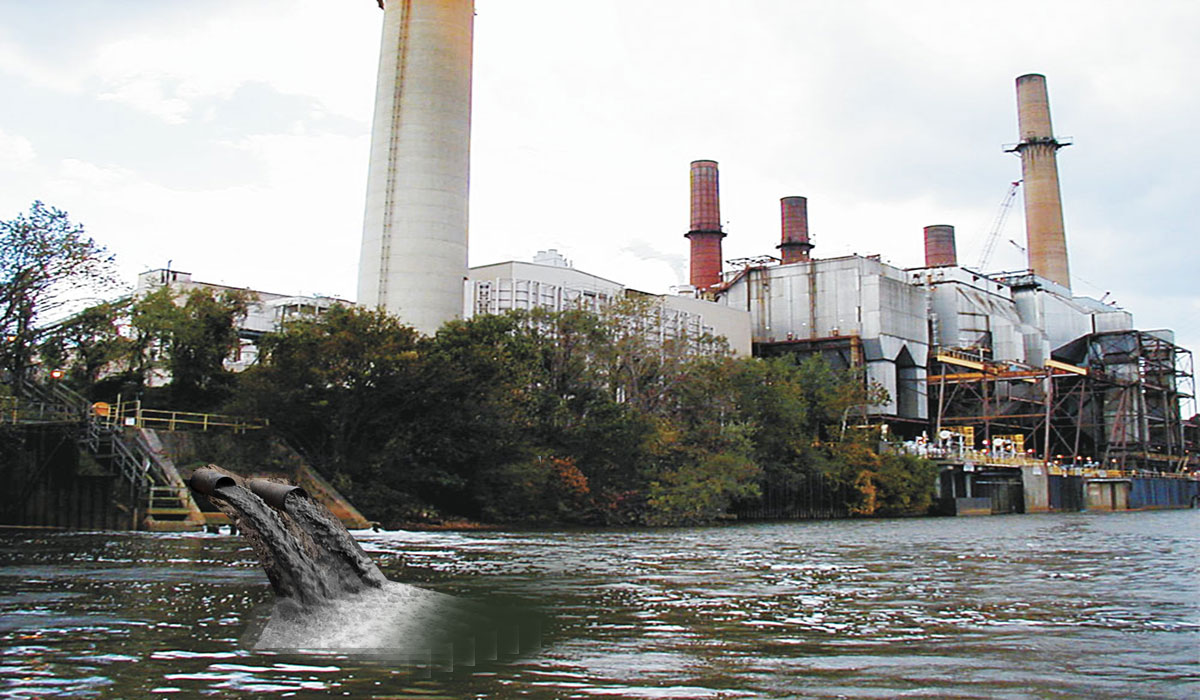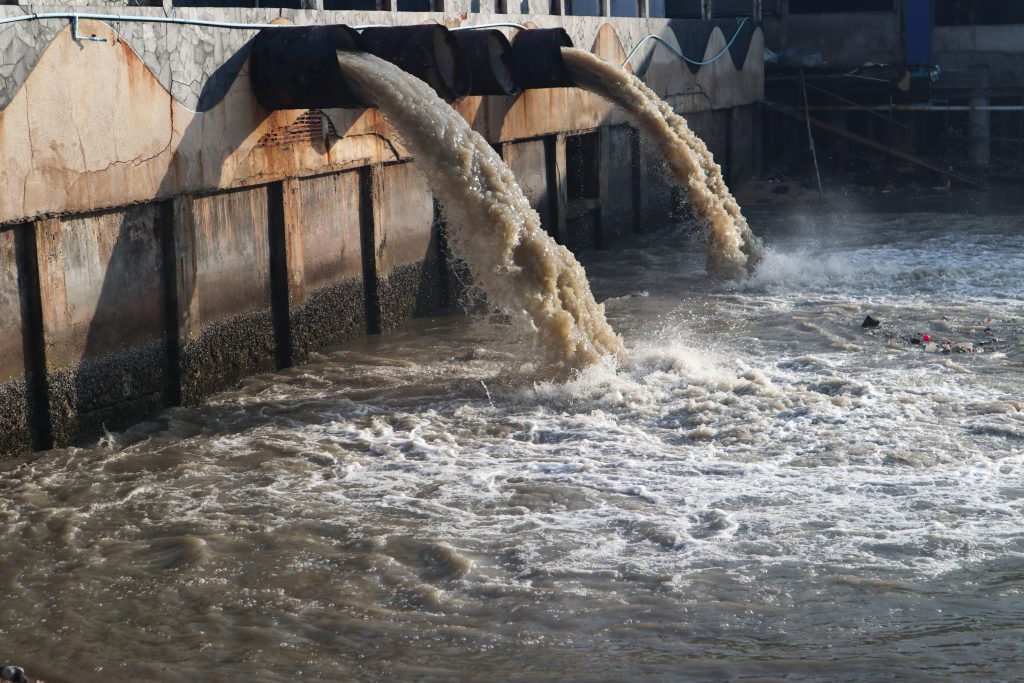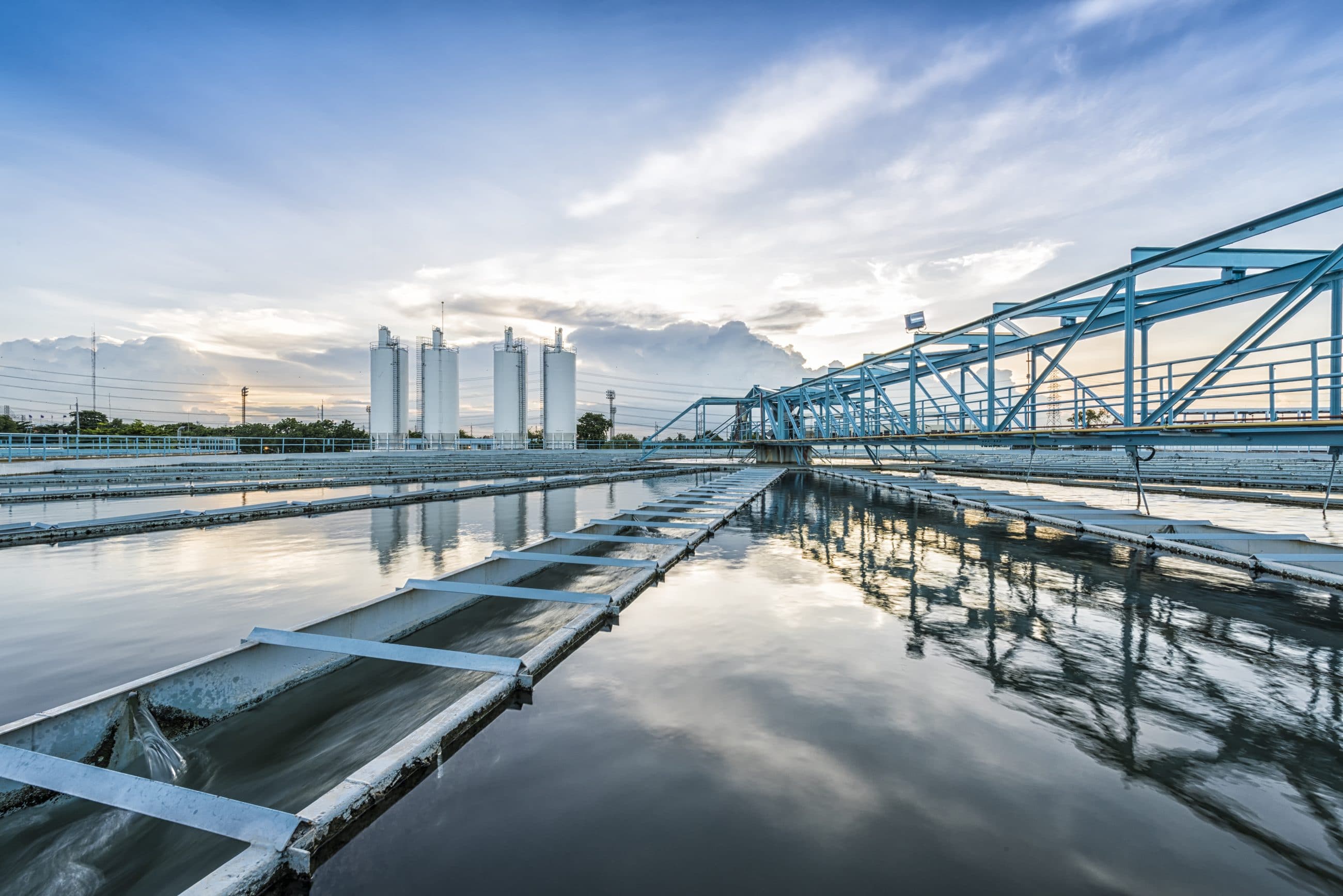Developments and Breakthroughs in Hazardous Waste Water Treatment Technologies
The landscape of commercial wastewater treatment is undergoing a transformative change, driven by advancements that enhance both effectiveness and sustainability. Emerging technologies, such as membrane layer bioreactors and microbial fuel cells, are redefining contaminant elimination processes while adding to power generation. Resource healing methods are getting grip, aligning with round economy principles. As governing standards progress, the combination of AI and equipment knowing right into wastewater management systems guarantees to simplify operations and make sure conformity. However, the complete effects of these improvements elevate crucial concerns concerning their scalability and long-lasting effect on sector practices.
Overview of Drainage Therapy Technologies
Wastewater therapy modern technologies incorporate a variety of methods designed to remove contaminants from commercial effluents prior to their launch into the environment. These technologies are critical for keeping eco-friendly equilibrium and ensuring conformity with ecological policies. The primary categories of wastewater therapy include physical, chemical, and biological approaches, each offering unique functions based on the nature of the impurities present.

Biological therapy approaches employ bacteria to weaken organic matter, making them especially reliable for organic-rich effluents. Strategies like turned on sludge and biofilm reactors harness the natural deterioration capacities of microorganisms, leading to significant reductions in biochemical oxygen need (FIGURE)
Advanced Purification Strategies
Advanced purification techniques represent an essential evolution in the realm of industrial wastewater treatment, improving the effectiveness of pollutant elimination procedures. Industrial Waste Water Treatment. These techniques encompass a series of innovations, including microfiltration, ultrafiltration, nanofiltration, and reverse osmosis, which supply consecutive barriers for different bit sizes and chemical structures
Microfiltration and ultrafiltration utilize membrane layer systems to get rid of put on hold solids, microorganisms, and bigger natural molecules, enhancing the quality of effluent prior to further treatment. Nanofiltration links the void between ultrafiltration and turn around osmosis, properly getting rid of divalent ions and natural substances, thus reducing the lots on downstream procedures.
Reverse osmosis uses the highest level of filtration by enabling just water and little particles to travel through its semi-permeable membrane layers, making it suitable for redeeming high-grade water from commercial effluents. Recent developments in membrane modern technology, including the development of even more fouling-resistant and resilient materials, have actually dramatically enhanced operational performance and minimized costs.
Including these sophisticated filtration strategies not only boosts the general treatment process yet also adds to sustainability efforts by making it possible for water reuse and resource recovery in commercial setups. (Industrial Waste Water Treatment)
Biological Therapy Advancements

In addition, the advancement of engineered organic systems, such as membrane bioreactors (MBRs), combines biological therapy with sophisticated membrane layer filtering. This combination permits greater effluent high quality and reduced impact, making it suitable for space-constrained commercial facilities. Innovations in genetically crafted bacteria have likewise emerged, boosting the biodegradation of particular impurities, such as pharmaceuticals and hefty metals, that are traditionally challenging to remove.
Furthermore, the implementation of bioaugmentation approaches, where helpful microorganisms are introduced to enhance the existing biological therapy processes, has actually revealed encouraging cause boosting therapy efficiency. These technologies jointly signify a pattern in the direction of even more lasting and reliable organic treatment approaches that can adapt to the progressing complexities of industrial wastewater streams. As industries remain to focus on ecological compliance, these biological developments will certainly play an important function in wastewater management.

Source Recovery Techniques
In industrial setups, the combination of resource healing approaches has ended up being increasingly crucial for improving sustainability and reducing waste. These methods concentrate on drawing out useful materials and energy from wastewater streams, thereby changing prospective pollutants into reusable sources.
One prominent approach is vitamins and mineral healing, where nitrogen and phosphorus, commonly present in excess in wastewater, are recorded and exchanged plant foods. This not only lowers ecological effects however likewise supplies a round economy remedy for farming applications. Additionally, modern technologies such as anaerobic digestion permit the conversion of natural waste into biogas, an eco-friendly energy source that can offset fossil fuel usage in commercial operations.
In addition, advanced filtering and membrane layer innovations help with the recovery of commercial spin-offs such as metals and salts. These see this site recuperated products can be rehabilitated right into manufacturing processes, lowering the need for virgin resources.
Future Patterns in Drainage Monitoring
As sectors progressively focus on sustainability, the future of wastewater monitoring is set to undertake considerable makeovers. Technical innovations, such as synthetic intelligence and equipment learning, will make it possible for more efficient tracking and administration of wastewater systems. These technologies can anticipate upkeep requirements, maximize therapy procedures, and enhance decision-making, ultimately minimizing operational prices and ecological influence.
In addition, the assimilation of round economic situation concepts will play an important duty in wastewater monitoring. Industries are anticipated to move in the direction of systems that not only treat wastewater yet likewise recoup important resources, such as nutrients, water, and power. This shift will certainly lessen waste and promote the reuse of products, aligning with international sustainability goals.
Emerging treatment techniques, such as membrane bioreactors and advanced oxidation procedures, will better improve the efficiency of wastewater therapy, permitting higher top quality effluents ideal for reuse. Furthermore, regulatory structures are likely to advance, highlighting go more stringent requirements for wastewater discharge and encouraging markets to embrace innovative treatment remedies.
Final Thought
Finally, the evolution of industrial wastewater therapy innovations shows a considerable change towards enhanced effectiveness and sustainability. Advancements in advanced purification methods, organic treatments, and resource healing techniques highlight the market's dedication to ecological stewardship. The combination of expert system and maker knowing additionally optimizes these procedures, guaranteeing regulative compliance and promoting a round economic situation. Proceeded developments in these areas will play an important role fit the future of wastewater monitoring and shielding vital water sources.
The landscape of commercial wastewater therapy is going through a transformative shift, driven by innovations that improve both effectiveness and sustainability.Wastewater therapy technologies encompass a variety of methods developed to eliminate contaminants from industrial effluents before their launch into the atmosphere.Harnessing the power of biological procedures has led to substantial innovations in the therapy of commercial wastewater.Additionally, the application of bioaugmentation methods, more information where beneficial microorganisms are presented to improve the existing organic therapy procedures, has actually shown encouraging outcomes in enhancing treatment performance. These developments jointly signify a trend towards even more efficient and sustainable biological therapy approaches that can adjust to the progressing complexities of industrial wastewater streams.